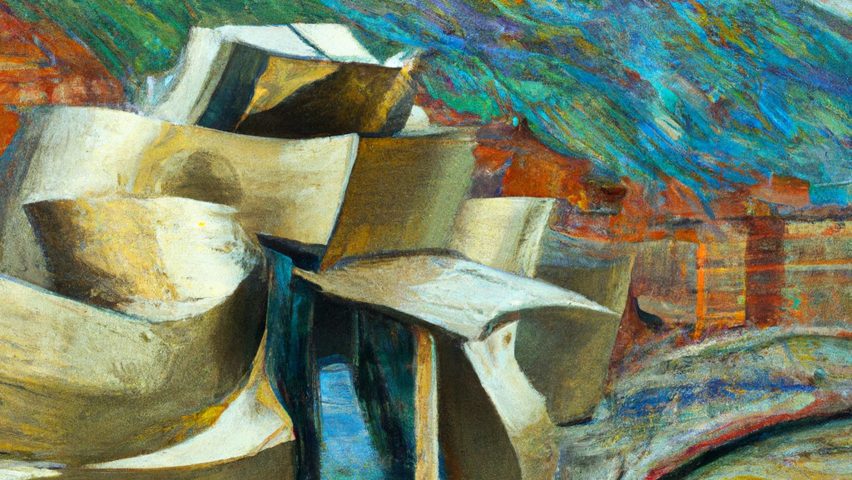
AI exposes designers and architects to copyright complications say experts
Increasing use of AI could have major copyright implications for designers and architects, warn experts as part of our AItopia series.
In recent months, lawsuits have been filed against leading AI companies such as OpenAI, Google and Stable Diffusion by authors, artists and stock-image suppliers who claim theft of their intellectual property.
Noam Shemtov, a professor of intellectual property and technology law at Queen Mary University's Centre for Commercial Law Studies, told Dezeen that similar concerns could soon start to affect designers and architects.
"Potential infringement risks"
"Most people are not in the business of producing an industrial design for fun, so I don't think we're there yet," he said.
"But as a matter of technology and law, I don't see much of a difference."
Intellectual-property lawyer Erik Rõuk also warned that designers and architects using AI need to be wary about copyright breaches.
"I would say if anyone wanted to take their AI projects further and they wanted to start producing actual products or real-world items, be that either a matchbox or a building, there could be a potential infringement risk there that the user should always be aware of," he told Dezeen.
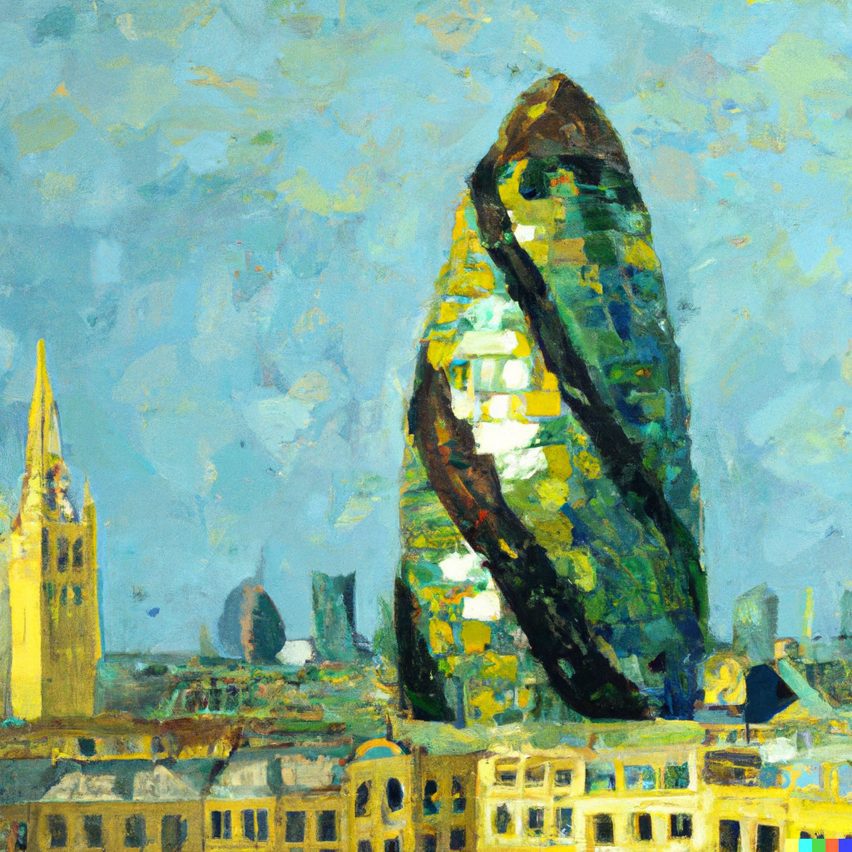
The emergence since 2021 of powerful generative AI tools like OpenAI's ChatGPT and text-to-image tools including Stable Diffusion and Midjourney promises a potential revolution in creativity.
But their rise in popularity has been accompanied by mounting anger from some creatives about the fact that these systems are trained on vast quantities of human-authored work, often collected without permission.
Ryan Abbott, an academic and lawyer who specialises in intellectual property and the law around AI, expects the disputes to rumble on as industry and governments get to grips with the technology.
"There's going to be a lot of litigation and a lot of uncertainty for businesses that are trying to figure out how to navigate AI for the next few years," he told Dezeen.
"Every week we have a new tool and people are very excited, but I think it's important that we have regulations and clear industry standards," added Angelica Ponzio of the architecture faculty at the Federal University of Rio Grande do Sul and an organiser of architecture education platform DigitalFutures.
"Generative AI may render output unprotectable"
Some studios, notably Zaha Hadid Architects, are already using AI image generators to help come up with ideas as part of the design process.
But designers and architects need to be aware of potential copyright issues associated with leaning too heavily on AI.
There are questions over whether designs created using these AI models are protectable by copyright – meaning they could be copied with impunity by someone else.
In a case in the US, for example, the Copyright Office revoked a graphic novel's copyright after discovering that its illustrations were produced using Midjourney.
"This depends on specific roles being played by a person and an AI, but the Copyright Office's position right now is that the use of generative AI may render output unprotectable," said Abbott.
"So, an architect using generative AI may not be able to claim they have any intellectual property rights in AI output."
"In order for a design to be validly registerable and protectable it needs to be novel, and it needs to possess some individual character," explained Rõuk, an associate at law firm Marks & Clerk who specialises in industrial designs.
"The AI models are effectively not capable, for the most part, of creating something truly new and substantially different."
There is also a small chance that designs created using AI could infringe on someone else's intellectual property, particularly if the user's inputs reference specific designers by name.
So-called diffusion models like DALL-E 2 and Midjourney draw on a vast database of images to stitch together an image that matches the user's prompt.
But they have also been known to simply copy images. Stable Diffusion, for example, has a tendency to even display the Getty Images watermark in its outputs.
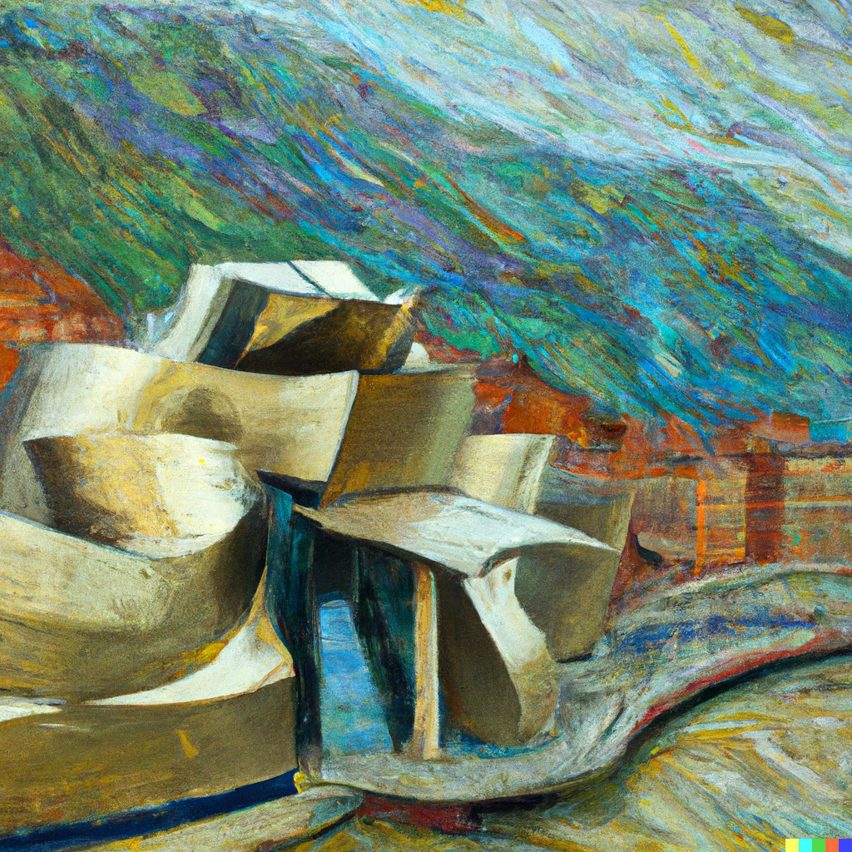
Other cases might not be so obvious. And unlike a human designer, an AI model makes no judgement over how much borrowing from existing work is appropriate.
"A lot of the platforms have specific disclaimers saying that they do not claim copyright in whatever is produced," said Rõuk.
"The message to the user is: you may have the copyright in whatever you produce, but we don't give you any guarantees as to whether or not that might infringe someone else's copyright, or someone else's intellectual property rights."
"The importance of clearing whatever you're doing before you launch becomes even more important than it used to be, because it's so much easier for the user to generate designs for products and for the models to come up with something that's already been done," he added.
In the absence of existing case law, this remains an area of legal uncertainty – and Abbott points out that different countries will take different approaches.
But for Ponzio, who was an early tester of DALL-E 2 and teaches an architecture masters module involving the use of generative AI, the potential legal risks are a reminder about taking a critical approach to designing with the technology.
"It all depends on what you want to do with AI," she said. "If it is just for ideation, I think it's very similar to what we already do "when looking at references in the architectural design process."
"AI can help boost your imagination, but, as with references, I don't believe you should just copy and paste from it."
Lawsuits by designers and architects unlikely
But what about the AI companies themselves – could we see designers and architects suing as artists and authors are already doing? In theory yes, says Rõuk, though it depends on whether the existing claims are ultimately successful.
"There's certainly going to be some interest in trying to find some degree of liability in what these AI companies do," he said.
These cases will likely hinge, explains Shemtov, around one issue in particular that has not yet been clearly established.
"The question is: what happened when I trained my AI with your design? Was a copy made in the process of the training?"
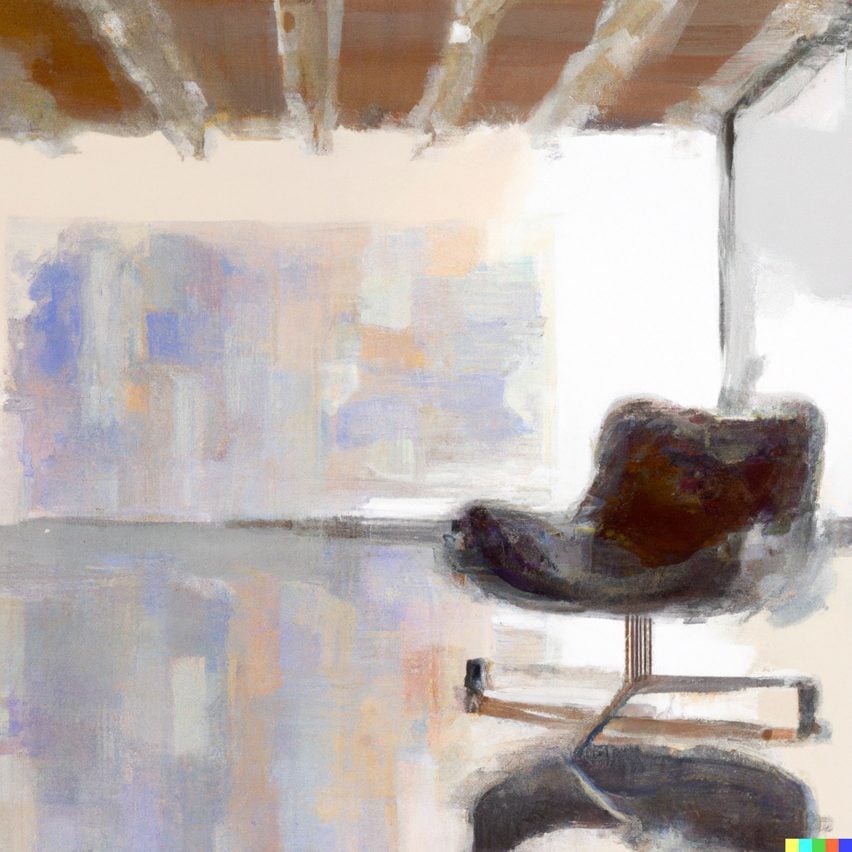
For now any action by designers or architects is unlikely, partly because only a small handful of studios have styles widely recognisable enough for AI copycats to be a concern – and even then, style is not generally protected by law.
But that could change once the technology develops enough that generative AI models capable of producing 3D designs become commonplace – widely considered the point at which architects and designers' work could be affected.
"The issue is if your work is being used for somebody else to earn something out of it without your authorisation, that is when we can have a real problem," said Ponzio.
"Lawsuits are basically about money – it costs money to bring a lawsuit and to run a lawsuit," added Shemtov.
"It's a very expensive business, and you do not do that on principle but usually because you seek to address a financial injury that you believe has taken place," he continued.
"So I think once we get there, you will start seeing that. I don't know how soon that is going to happen – I don't think we are there yet."
Concern over "exploitative" training
How these issues progress will also depend on whether governments begin passing legislation that attempts to restrict the use of human-authored work to train generative AI. The EU is furthest ahead in regulating the technology.
The bloc's AI Act is still being finalised, but is expected to require AI companies to be transparent over training data, with rights holders also having the option to "opt out" of their work being mined.
Some creatives are already arguing that an "opt-in" system would be fairer, while Abbot is doubtful over whether either would make much difference to copyright infringement.
He also predicts discrepancies between how different jurisdictions attempt to tackle the problem.
"The law is evolving in this area, and it will likely be the case that the law allows people to train AI differently in the US versus the EU, and this is going to have some challenging implications," he said.
Industry may also look for a solution. Tools, such as Glaze, are emerging which prevent copyrighted work from being scraped into AI-training data sets.
Meanwhile, Shemtov envisages something similar to existing collecting societies, which enable, for instance, musicians to be paid for their songs being played in public venues.
In this case, an architect could receive a fee from AI companies for drawings used as training data or from the users of resulting generative systems.
But that also feeds into a potentially existential risk for creatives, Shemtov argues: whether AI models trained on their work eventually become capable enough that clients are less likely to bother commissioning human designers.
These fears are the crux of recent strikes by Hollywood writers and actors.
"I personally can completely see why creators are concerned," said Shemtov. "I can see why some people would look at this type of training as exploitative."
"You're using my work, in a way, to make me at a certain point down the line – and maybe not that far – redundant."
The images were produced using DALL-E 2.
Dezeen In Depth
If you enjoy reading Dezeen's interviews, opinions and features, subscribe to Dezeen In Depth. Sent on the last Friday of each month, this newsletter provides a single place to read about the design and architecture stories behind the headlines.
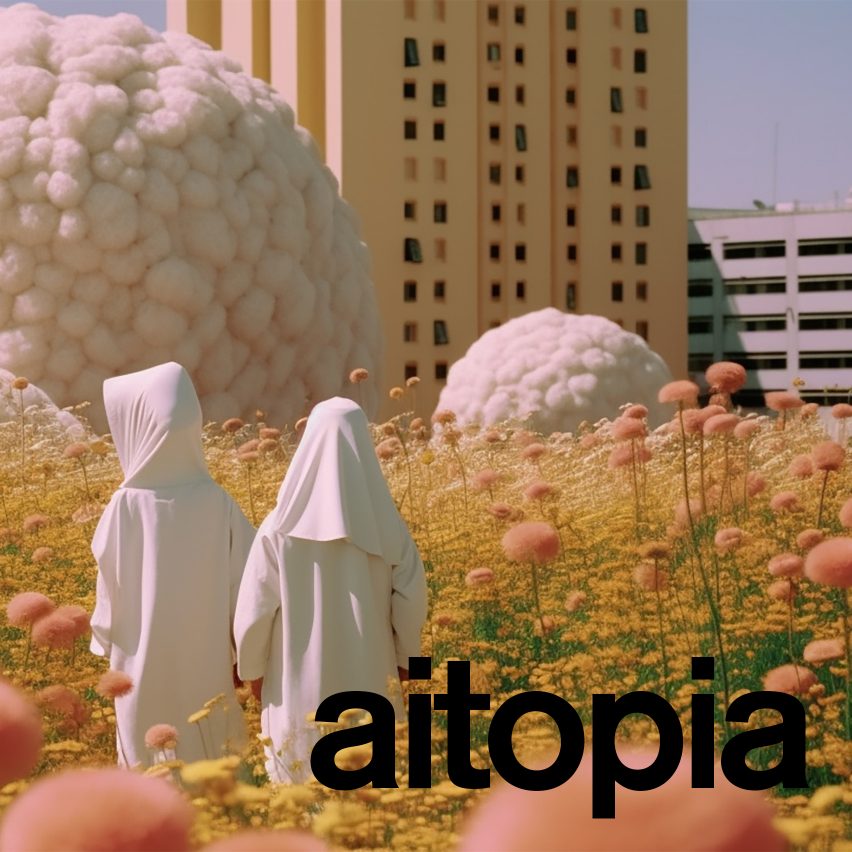
AItopia
This article is part of Dezeen's AItopia series, which explores the impact of artificial intelligence (AI) on design, architecture and humanity, both now and in the future.